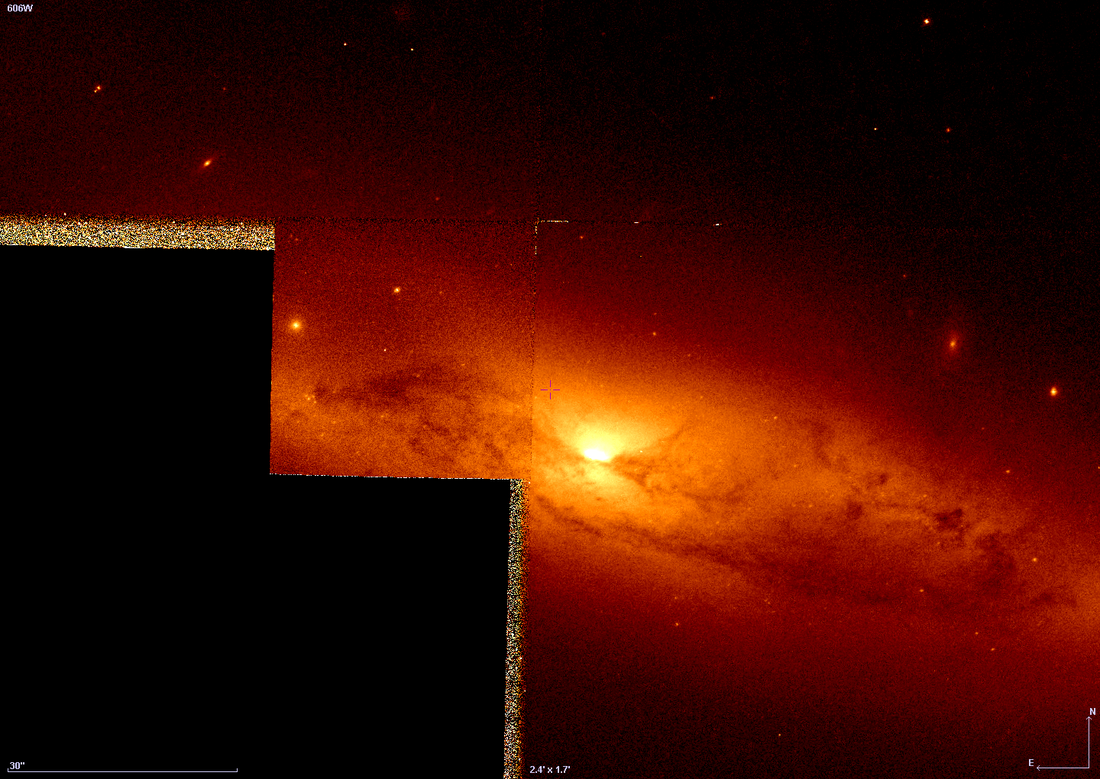Top Qs
Timeline
Chat
Perspective
NGC 4293
Galaxy in the constellation Coma Berenices From Wikipedia, the free encyclopedia
Remove ads
NGC 4293 is a lenticular galaxy in the northern constellation of Coma Berenices. It was discovered by English astronomer William Herschel on March 14, 1784, who described it as "large, extended, resolvable, 6 or 7′ long". This galaxy is positioned to the north-northwest of the star 11 Comae Berenices and is a member of the Virgo Cluster of galaxies.[5] It is assumed to lie at the same distance as the Virgo Cluster itself: around 54 million light years away.[4] The galaxy spans an apparent area of 5.3 × 3.1 arc minutes.[5]
The morphological classification of NGC 4293 is (R)SB(s)0/a, with the SB0/a indicating this has just distinguishable tightly wound spiral arms with a bar structure at the nucleus. An '(s)' notation means that this galaxy does not have a ring-like structure around the nucleus.[6][8] Star formation within NGC 4293 is only taking place within a confined region at the center of the galaxy.[9] The outer stellar disk of the galaxy appears disturbed, suggesting some form of gravitational interaction.[10]
This is a common type of active galaxy known as a LINER, which means that the optical spectrum is dominated by emission lines from gases in low energy ionization states. The activity may be the result of a supermassive black hole (SMBH) in the nucleus that is undergoing a low rate of matter accretion. The estimated mass of such an SMBH is 5.9×107 M⊙.[11] Radio emission from thermal activity has been detected from the proximity of this object.[12]
Remove ads
Gallery
- NGC 4293 (SDSS DR14)
- NGC 4293 by Hubble Space Telescope
References
External links
Wikiwand - on
Seamless Wikipedia browsing. On steroids.
Remove ads



